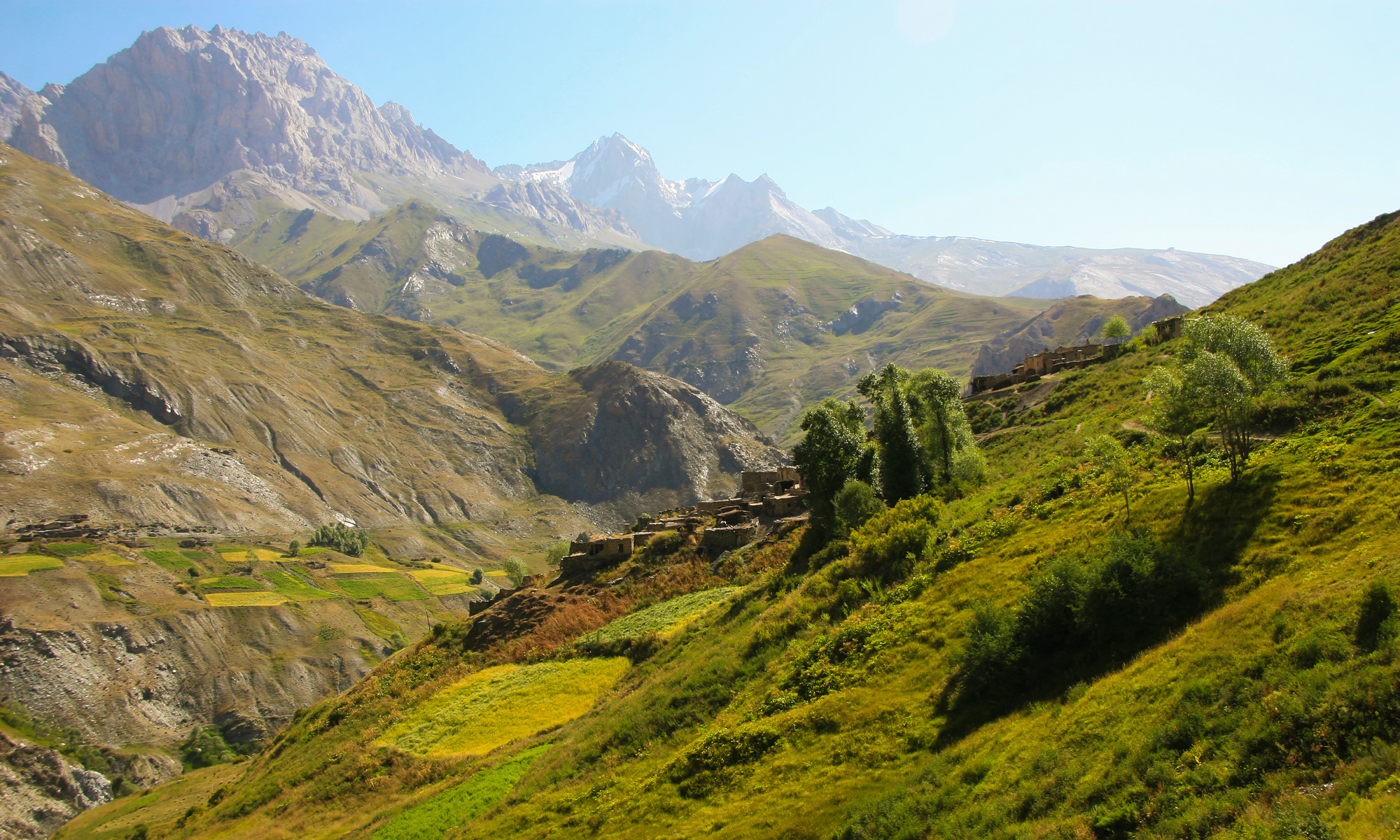There is no delivery room in the Yaghnob Valley. No antiseptic. No fetal monitor. No soft light above a clean bed.
Instead, childbirth unfolds in stone homes, with doors sealed against the mountain wind, and family members standing in for doctors. In this remote stretch of northern Tajikistan, where the road ends long before the need for care does, giving birth remains a matter of endurance, improvisation, and quiet risk.
What should be a celebration of life is too often a gamble. In the absence of infrastructure, childbirth becomes a moment suspended between ancestral knowledge and modern neglect.
According to recent field assessments none of the surveyed Yaghnobi villages had a registered or trained midwife.
Women give birth at home—sometimes surrounded by relatives, sometimes entirely alone. The skills passed down from grandmothers and mothers are valuable, but not always enough. Tools are improvised. Pain is endured. Death, when it happens, is absorbed in silence.
“My daughter gave birth during a snowstorm,” one woman recalled.
“No candles. No warm water. We used boiled herbs and cut the cord with a sickle.”
These stories are not rare. They are routine. In a place where the nearest clinic might lie beyond a frozen river or an eight-hour climb, most deliveries happen without the possibility of transport, intervention, or even a second opinion.
Postpartum hemorrhage. Infection. Prolonged labor. Premature birth. Any one of these conditions would be an emergency elsewhere. In Yaghnob, they are simply “part of life.”
There are no sterilized surfaces, no antibiotics, no sutures. Sometimes, a husband’s knife is cleaned with fire. Stones are warmed to ease cramps. Boiled string becomes a cord tie. These are not rituals—they are survival strategies born from necessity.
Official data on maternal or infant mortality does not exist for the valley. But the stories do: children who didn’t survive, mothers who never recovered, newborns who were buried before they were named.
Once the child is born, there is no postnatal follow-up. No checks for infection. No screening for postpartum complications.
Breastfeeding guidance, infant nutrition support, or maternal rest? These fall to family, if available. Many women resume work within days—cooking, walking for water, gathering wood. There is no other option.
Modesty and resilience—both cultural values—can mask deeper needs. Women often avoid speaking about complications, assuming pain is normal or fearing social judgment. The result is an undercurrent of suffering that remains largely invisible.
Newborns, too, face precarious starts. Premature infants, underweight babies, and those born during illness or winter storms receive no specialized care. Vaccinations are sporadic and depend entirely on a family’s ability to travel out of the valley.
During the Soviet era, even Yaghnob’s remoteness did not entirely exclude it from basic services. Rural health posts, traveling medical teams, and trained midwives once existed—even if inconsistently.
But after the forced deportations of the 1970s, and the collapse of state support in the decades that followed, nothing returned. The infrastructure disappeared. The training stopped.
Today, younger generations are more likely to leave the valley than remain. As they go, so too does what remains of birth knowledge—not yet replaced by formal education or healthcare programs.
The absence of maternal care in Yaghnob is not just a logistical failure—it is a reflection of deeper neglect. When women give birth unassisted, when losses go unrecorded, when babies arrive without documentation or support, it signals a message:
You are too far away to count.
This invisibility has generational consequences. Without intervention, each new life risks becoming another data point in an invisible crisis. Each death—quiet, untracked—further erodes the possibility of change.
Solutions do not have to be complex.
Clean birth kits. Basic midwife training. Periodic mobile health teams. Culturally respectful maternal health education. These low-cost, high-impact interventions could transform outcomes for mothers and babies alike.
